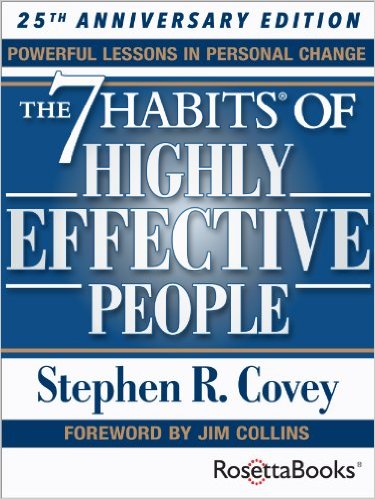My son’s in the fourth grade. He’s in an accelerated class that has as a part of the curriculum a independent study project where they’re being taught good study skills. They’re being taught the same techniques for keeping references that I was taught. There are index cards for each important quote or fact with the source on the back side so they can produce a bibliography at the end of the project. There are certainly some new teachings. They’re being taught to be skeptical about what appears on the Internet including Wikipedia. (Perhaps they’re being too skeptical.)
However, as I’m doing research and note taking alongside of him, I’m struck by how things are different in the way that I do research and the way he does it. I’ve got a few basic tools that he doesn’t have: eBooks, Note Taking Software, and Search
eBooks
I’ve been using the Kindle software on my PC and Phone for a while. It really got interesting when I got my Acer Iconia A500 Tablet and started being able to read large amounts of text like a book. Like a book isn’t exactly correct, however. The software keeps my bookmarks synchronized across devices so I can start on the tablet, read a bit on my phone while waiting for an appointment, and then sit down at the PC to read and review the content. The ability to highlight text and to take notes seems like an obvious copy of regular book reading – but it’s more than that. The ability to go to http://kindle.amazon.com and download my highlighted text and notes makes the process different – and more powerful.
It’s more powerful because I have the text electronically which I can further manipulate. I can index a very small section of text through a highlight and click on a link to be returned to the quote in context. Something that was very difficult to do on paper.
Note Taking Software
I’ve previously written about my use of Microsoft OneNote. It’s a great tool for note taking. It is, in fact, my primary note taking and organization software. It’s quick to move, format, and organize notes. It’s a perfect marriage from the Kindle web site. I copy the highlights and notes from the Kindle site and then format them slightly. Then I go back through my highlights and highlight them inside of One Note. In essence, I’m creating tiers of information. Some information is important – and other information is REALLY important. A bit of color coded highlighting allows me to further subdivide and categorize the content. For instance, book and article references get coded with a cyan colored highlight so I know where to go if I’m looking for more on a subject.
If I use a reference from the internet, I copy the text from the browser and paste it into OneNote. OneNote is smart enough to record the source URL for me. I don’t have to remember to capture where the content came from.
There’s one fairly major issue with OneNote – and it’s the reason that I also use EverNote. The issue is that OneNote isn’t available for other platforms. OneNote has an iPhone application but its brain dead. And there is no application for Android. So if I want to take notes on other devices I have to have another tool – or approach. For “static” notes – like book highlights I’ll sometimes create a PDF to be used on my other devices but that still doesn’t solve notetaking. That’s where EverNote comes in. It makes it easy to take notes (as they say capture anything). The primary problem – from my way of working – with EverNote is that it doesn’t allow for the flexible organization I want. It instead relies upon search.
Back to my point, having the ability to organize my notes electronically, quickly and easily, is invaluable. I don’t keep doesn’t of different colored pens and highlighters. I don’t have a briefcase full of different folders. I’ve simply got everything I need in one space. All I need is one more tool.
Search
OK, search is a “Duh.” But here’s the thing, I use it differently than you might expect. First, inside the notetaking tools I’ll use it to find quotes that I partially remember. But I also use search outside of the note taking applications on my desktop to peer into my notes – and my non-note research. What is non-note research? Well, that’s things like articles in PDF form that I’ve acquired a copy of. It may also be a presentation I did based on my research where I made a point that isn’t a direct reflection of my note taking. My son sits sorting his note cards trying to find the next bit of information to convey. I type a few words in and get a list of results.
In Summary
I’m doing research on how the explosion of information is overloading humans and making it more and more difficult to really process the information we need to process. I’m reflecting on the state of the human condition when we’re run over each day by over 3,000 ads. While I certainly don’t feel like we’re resolving the problem of managing information. I don’t think that we’re winning the battle against the onslaught of information. However, I do find hope in the fact that we’re building new tools and techniques to improve how we do research. I guess it’s time to figure out how to help my son learn how to use these new tools.


